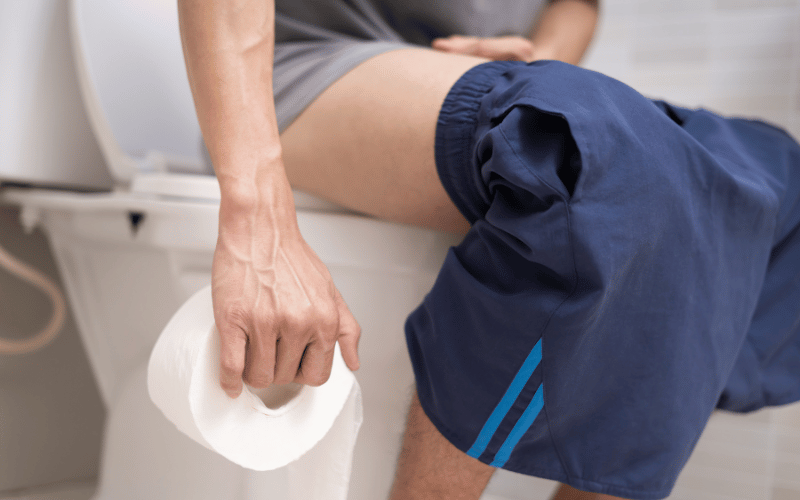2. Oily Stools: The Slippery Reality of Inefficient Fat Digestion

An oily stool, characterized by a gleaming surface and perhaps noticeable droplets or beads of oil surrounding it, unveils an intriguing yet complex chapter in the narrative of steatorrhea. It’s a manifestation that our bodily mechanisms, responsible for appropriately assimilating fats, are somehow missing their mark. Beyond a mere physical alteration, it signals a misstep in the metabolic dance of our digestive enzymes, demanding a closer look at the underlying physiological processes.
The subtle sheen on our stool, although seemingly benign at first glance, narrates a tale of digestive disruptions, where fats evade the usual metabolic pathways and find their way into our excretions. In a well-functioning digestive system, lipids (fats) undergo a meticulous breakdown, facilitated by enzymes such as lipase, emanating predominantly from the pancreas. But when this process falters, due to reasons like pancreatic insufficiency or a blockage, the lipids slip through undigested, manifesting as an oily appearance.
But why should we concern ourselves with a bit of oil in our stool? The insidious reality is that persistent fat malabsorption may pave the way to nutritional deficiencies, given that fats are not merely an energy source but also a vehicle for vital fat-soluble vitamins. Vitamins A, D, E, and K require fats for absorption; hence, a continual inability to digest fats could potentially derail our nutritional equilibrium, impacting various physiological processes and overall health. (2)